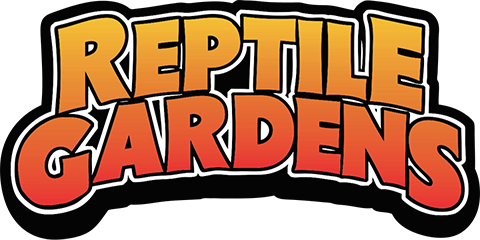As one of the most varied vertebrates on our planet - there are approximately 3,000 species of snakes spread across every continent except Antarctica - snakes display an array of sizes and colors. However, all are immediately recognized by their long, narrow, legless shape.
Unique Jaw
A snake’s jaw lacks a chin bone and is separated into 4 movable quadrants that are attached by ligaments. This gives a snake the ability to swallow prey much larger than itself – as the chin stretches away from each quadrant, the lower jaw bone stretches away from the upper portion of the skull.
Fangs: There are three basal types of fang structure (venomous snakes).
Rear Fanged Snakes
Rear fanged snakes have enlarged teeth with grooves in the midline to back of the upper jaw.
Examples: Boomslangs, Hognose snakes
Front Fanged Snakes - Elapids
With enlarged fixed fangs at the front of the mouth, these snakes have a highly specialized venom delivery system. Their venom gland is positioned in a duct that runs to the top of the fang; as the snake bites, the group of muscles surrounding the venom gland compresses and squirts venom through the fangs.
Examples: Cobras, Mambas, Coral snake
Front Fanged Snakes - Movable
Considered the most evolved of all the reptilian venom delivery systems, these snakes are similar in design to the Elapids with a more defined hollowed out center of the fang. Their fangs are typically very large and fold up to the roof of the mouth when not in use, requiring the snake to open its mouth very wide to force the fangs to swing forward and protrude out in front of the mouth. Many Vipers have no need to bite, but rather stab a food item.
Examples: Gaboon Vipers, Puff Adders, Rattlesnakes
Snake Skin
Snakes have amazing skin - their scales can be smooth or rough and will typically have a dry texture (as opposed to the wet and slimy texture of amphibian skin). Most snakes also use specialized belly scales to travel and grip surfaces.
To get rid of old, worn skin, snakes remove their outer skin in one complete layer (much like a sock being turned inside out) in a process called moulting. Snake moulting is repeated periodically throughout a snake's life; although the number of sheds per annum depends largely on species, age, reproductive state, size, food availability, and injuries.
Since they have no eyelids, a snake’s eyes are also covered by scales – these transparent scales are known as “spectacle” scales or eyecaps.
Forked Tongue
Able to track prey or detect predators using their finely tuned sense of smell, a snake will use its forked tongue to collect airborne particles, giving them a directional sense of smell and taste. The tongue is constantly in motion, looking for prey or predators.
Snake Sense
Sensitive to vibration, a snake can sense an approach by detecting faint vibrations in the air or on the ground. Snakes lack external ears, but are believed to have internal hearing structure as a few studies show that snakes can in fact "hear." This complex internal structure depends on airborne and ground vibrations - they travel to the inner ear, cause reverberations in the inner ear bones, and transfer sound.
Snake Diet
All snakes are carnivorous. They eat small animals including lizards, other snakes, small mammals, birds, eggs, fish, snails or insects.
Without the hunting prowess of these successful predators, humans would be in very serious trouble. For instance, snakes play an important role in controlling the rodent population, and large rodent populations can devastate crops and spread disease among humans and other animals.
Snake Size
Snakes can range in size from the tiny, 4-inch-long thread snake, to pythons and anacondas over 23 feet long!
Snake Venom
The most feared snakes, the legendary category of venomous snakes, comprises only 10% of the entire snake population. Snake venom is designed for the killing of prey. Many of these venoms have evolved into a very effective means of defense as well:
- Some snakes like the Spitting Cobras of Africa and Asia have developed adaptations that allow them to defensively spray venom into the eyes of an attacker.
- A few of the best spitters can accurately spray venom 10-15 feet.

Visit our Sky Dome and head on up to the mezzanine level, where you’ll see some of the snakes on this list. Want to learn more about these fascinating creatures? Be sure to catch one of our Snake Shows where you and your family have an opportunity to have an up-close-and-personal experience with Reptile Gardens' snake ambassadors.





